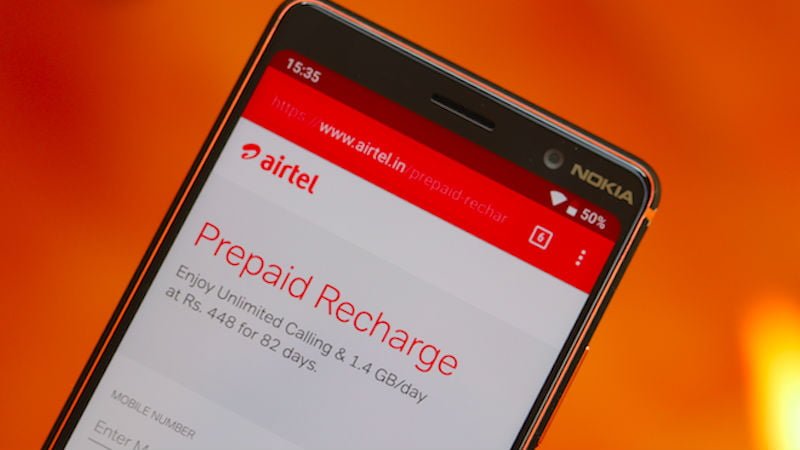Why Did Minimum Recharge Plans Show Up in the First Place? The first point to understand is why the minimum recharges were introduced in the first place. After the consumers started depending on a single telecom operator for their data and calling needs, which was usually the cheapest one in most cases, the other telecom operators faced a slump in their revenues as nobody was recharging their previous numbers. These SIMs were only used for incoming calls. Leveraging that, and to urge the subscribers to keep their validity going, the private telcos introduced the minimum recharge plans. Now, to continue their incoming call services, the customers were asked to recharge their number with these minimum recharge plans. Minimum Recharge Plans as an Economical Alternative In a way, the telecom operators somehow eased the way for the subscribers by giving them an option of keeping their services live without shelling out a lot of bucks. Previously, the unlimited plans were the only option to the consumers in case they wanted a recharge for their Airtel or Vodafone Idea numbers, but with data and calling services already on one of their SIMs, the consumers felt it unnecessary to recharge their second numbers. But, this was done away with the introduction of minimum recharge plans as now the subscribers could keep data and calling services on one of their numbers and simple incoming services on their other number while keeping a check on their budget too. Airtel Smart Recharge Plans Later on, as a long term solution for these subscribers, Airtel also introduced smart recharges like Rs 245, Rs 145 Rs 65 and more under which the subscribers could enjoy a little bit of data, longer validity and talktime. This gave an easy solution for the subscribers who were looking for long term options for minimum recharge plans. The plans also made sense for someone who was looking to have additional data lying around in their other SIM in case they ran out of data, or did not have proper connectivity on their primary number.
